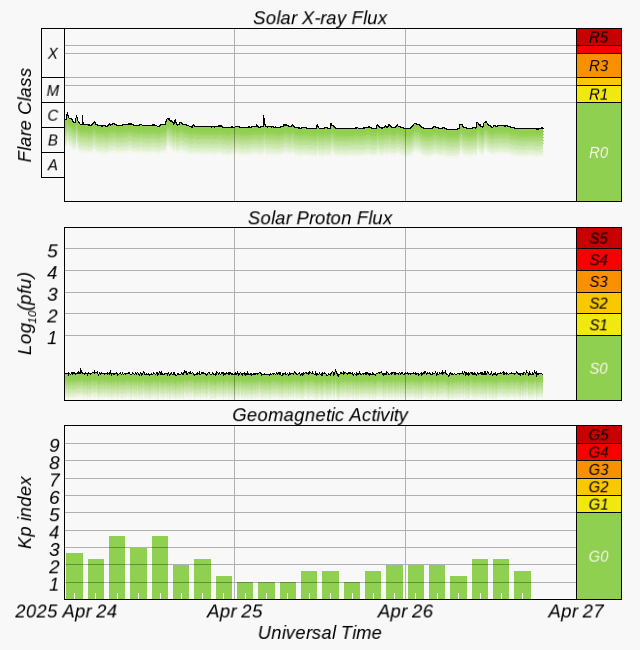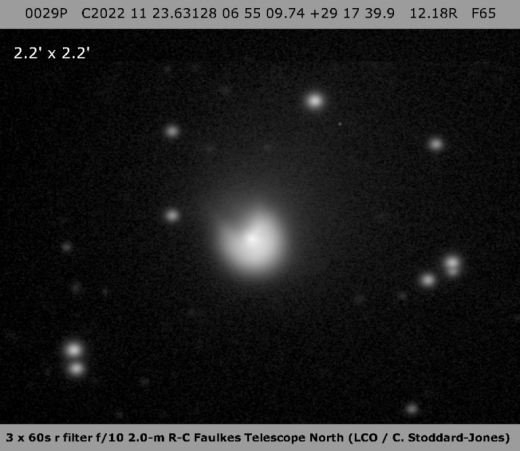
The ocean carbon cycle [credit: IAEA]
– – –
Every year, the cross-shelf transport of carbon-rich particles from the Barents and Kara Seas could bind up to 3.6 million metric tons of CO2 in the Arctic deep sea for millennia,
says Science Daily.
In this region alone, a previously unknown transport route uses the biological carbon pump and ocean currents to absorb atmospheric CO2 on the scale of Iceland’s total annual emissions, as researchers from the Alfred Wegener Institute and partner institutes report in the current issue of the journal Nature Geoscience.
Compared to other oceans, the biological productivity of the central Arctic Ocean is limited, since sunlight is often in short supply — either due to the Polar Night or to sea-ice cover — and the available nutrient sources are scarce.
Consequently, microalgae (phytoplankton) in the upper water layers have access to less energy than their counterparts in other waters.
(more…)









 By David Wojick, Ph.D. ~
By David Wojick, Ph.D. ~













